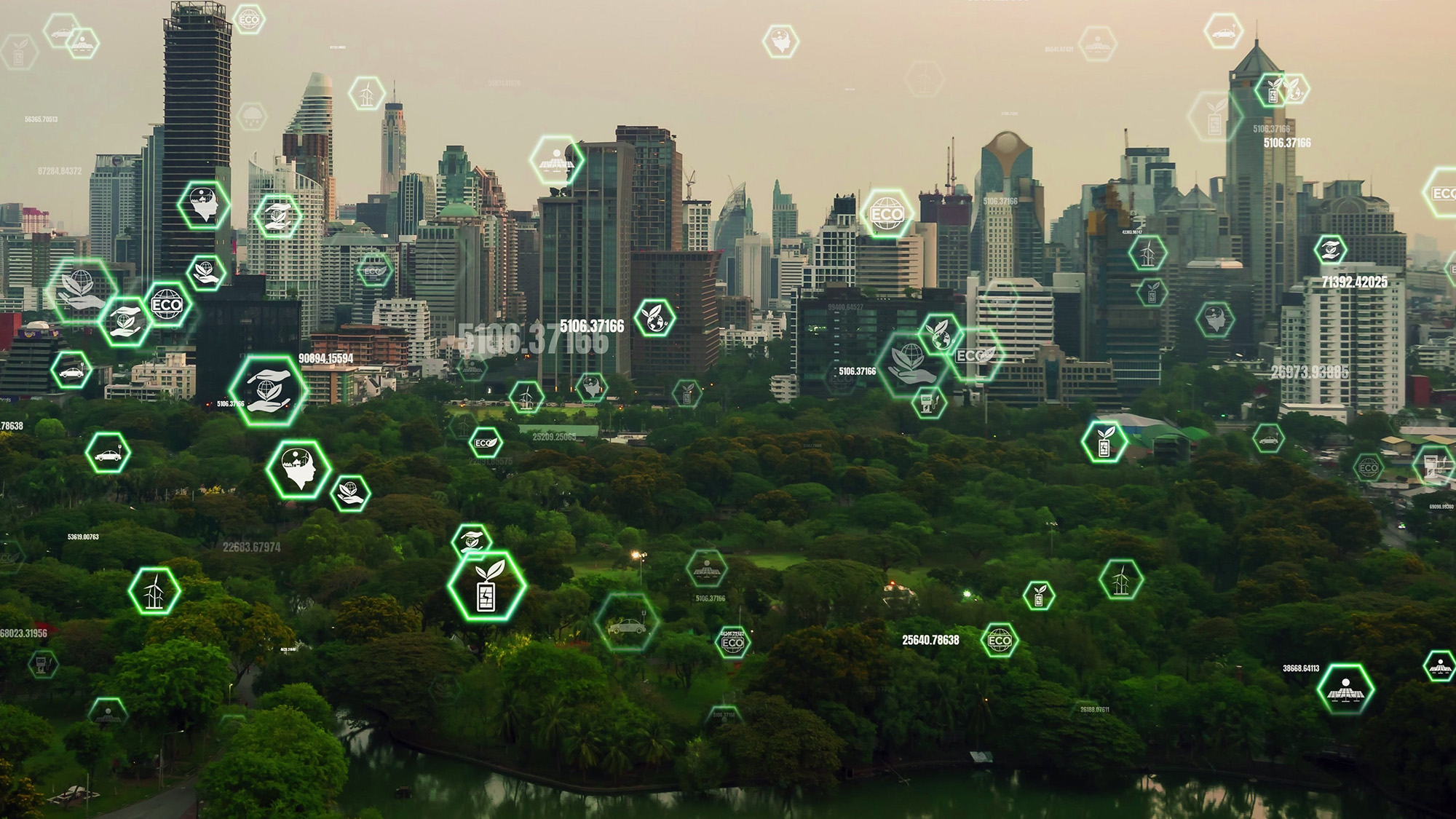AI and Internet of Things Integration: Paving the Road to Smart Environments

AI and Internet of Things Integration: Paving the Road to Smart Environments
September 22, 2023
In the era of rapid technological advancements, the integration of Artificial Intelligence (AI) and the Internet of Things (IoT) is ushering in a new age of smart environments. This synergy between AI and IoT technologies is transforming the way we live, work, and interact with the world around us, offering a myriad of opportunities to enhance efficiency, convenience, and sustainability.
AI and IoT: Two Worlds Full of Opportunities
Defining Artificial Intelligence and the Internet of Things
Artificial Intelligence (AI) focuses on creating systems and machines capable of performing tasks that typically require human intelligence. These tasks include learning from experience, understanding natural language, recognizing patterns, making decisions, and solving complex problems.
AI systems are designed to mimic human cognitive functions, often relying on algorithms and large datasets to process information and make informed choices. AI has a wide range of applications, from virtual assistants, like Siri, to self-driving cars and medical diagnostics.
In turn, the Internet of Things (IoT) refers to the network of physical objects or “things” embedded with sensors, software, and connectivity capabilities to collect and exchange data over the Internet.
These objects can range from everyday items like appliances, vehicles, and wearable devices to industrial equipment. IoT enables them to communicate with each other and with centralized systems, allowing for real-time data collection, analysis, and control.
The Convergence of AI and IoT
Over the years, both AI and IoT have transitioned from theoretical concepts to real-world game-changers, and the IT sector has been quick to embrace these technologies across multiple industries.
As we explained, the Internet of Things revolves around the concept of connecting everyday objects and devices to the Internet. However, the true potential of IoT lies in its ability to collect massive amounts of data continuously. This is where Artificial Intelligence steps in.
Thanks to the real-time processing of big data, AI provides the means to make sense of the vast data streams generated by IoT devices. Machine Learning algorithms can analyse this data, extracting valuable insights, patterns, and predictions, enabling smarter decision-making and automation.
Creating Smart Environments Across Industries
The integration of AI and IoT solutions is revolutionizing industries across the board by creating smart environments and enhancing the quality of life. Here are some key applications:
- Healthcare: Wearable devices equipped with IoT sensors can continuously monitor patients’ vital signs, sending alerts to medical professionals in case of anomalies. AI algorithms can then analyse this data to predict health issues and recommend personalised treatments.
- Manufacturing: These facilities can benefit from predictive maintenance, where IoT sensors collect data from machinery, and AI algorithms predict when equipment is likely to fail. This proactive approach reduces downtime, improves productivity, and lowers maintenance costs.
- Agriculture: IoT sensors measure soil moisture, temperature, and nutrient levels, while AI provides insights for optimised planting, irrigation, and fertilization, leading to higher crop yields and resource conservation.
- Education: AI analyses students’ performance data from IoT-connected devices to tailor educational content and support individualized learning.
- Retail: While IoT sensors track inventory levels, AI predicts demand and optimises stock levels, reducing overstock and stockouts. Moreover, AI analyses customer data and provides personalized recommendations, enhancing the shopping experience.
- Logistics and Supply Chain: IoT devices track the location and condition of goods in transit, while AI optimises routes and predicts delivery times, improving efficiency and reducing costs.
Enhancing Smart Homes…
One of the most tangible applications of AI and IoT integration is the creation of smart homes. Smart thermostats, lighting systems, security cameras, and voice assistants have become commonplace, providing homeowners with greater control, energy savings, and security.
AI plays a central role in making these systems more intelligent. For example, a smart thermostat can learn a household’s temperature preferences over time and adjust heating and cooling accordingly. Lights can be turned off when rooms are unoccupied and security cameras can distinguish between humans and animals, reducing false alarms. Voice assistants powered by AI can understand and respond to natural language commands, making home automation more intuitive.
… And Building Smart Cities
In smart cities, AI-driven traffic management systems analyse real-time data from IoT sensors embedded in roads, traffic lights, and vehicles to optimise traffic flow, reduce congestion, and lower emissions.
When it comes to energy efficiency, the streetlights can adjust brightness based on environmental conditions and traffic flow, saving energy. AI can also predict energy demand and improve distribution in the grid.
Furthermore, waste management systems use IoT sensors in smart bins that can signal when they are full. This way, it’s possible to optimise garbage collection routes based on fill levels, reducing fuel consumption and emissions.
Is your business already leveraging the power that AI and IoT hold together as transformative technologies? If not, what are you waiting for? Talk to us and let’s get started!